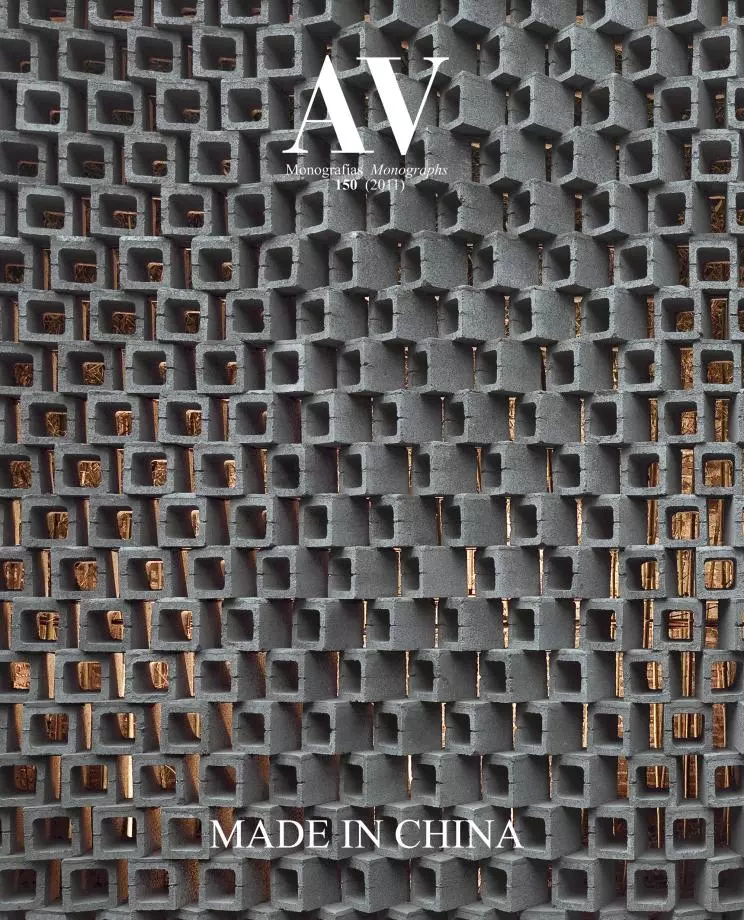
We have in the first place to question the necessity of bringing up this issue: aren’t most recent ambitious Chinese projects unmistakably ‘public’ for both their investment structures and their intended uses, are they? It is clear, however, that there are always two types of contested ‘public spaces’. One are unsorted communal ‘turfs’, which become ‘public’ primarily because people have free access to them. Virtually functioning as ‘everyone’s land’ on the one hand and legally equal to ‘no-one’s-land’ on the other, they are always considered as a kind of informal, ‘residual’ and somehow unlawful realm where architects found few jobs to do. As a contrast, there is another kind of more wishful ‘public space’, neater, brighter, which rests deep on the psychological riverbed of Chinese civilization. This kind of space was obviously more ‘designable’ and was said to be a timeless pursuit for ‘ideal’ Chinese space-making.
In both cases, the dividing line between the public and the private is ambivalent, creating a unique starting point for Chinese architectural thinking. The ‘self within the self’ model is perhaps the source of inward-looking Chinese typology, which has led to a very flexible perception of (architectural, but also societal) ‘body(ies)’. In the course of urban morphosis, consequently, the public and the private always appropriate each other in a somewhat asymmetrical manner, and thereby appears a complex spatial layering. These transforming urban corners largely have these points in common: they exist in vast quantities (they are pervasive and not random); they are fragmentary and not properly set up (most are leftovers from official planning rather than results of positive accumulation); they are dirty (they are traps in the ‘red dust’ of the city’s underbelly). More importantly, these spaces are not manifested in a fixed form. They change along with shifts in the administrative system and in social expectations. To portray them in static images and in Western cartography proves to be difficult.
In China, the possibility of gathering publicly is first of all provided for in a context of (commercial) ‘amusement’. Due to different approaches by developers, the external features of street life may differ from era to era, but there is much common ground in what makes them indifferently successful. First of all, an extremely simple layout of space is matched with a great volume of people. A tantalizing variety of types raise sensory stimulation to the limit. As in the early development of Western capitalist cities, a uniform, unvarying layout combines with competitive, bottom-up commerce to present a rich multiplicity. Pragmatic considerations lead to a certain degree of frankness. At the same time preset restraints from without allow for improvised utilization of space from within. In just such an inconceivable way, these two apparently jarring qualities are joined together...





